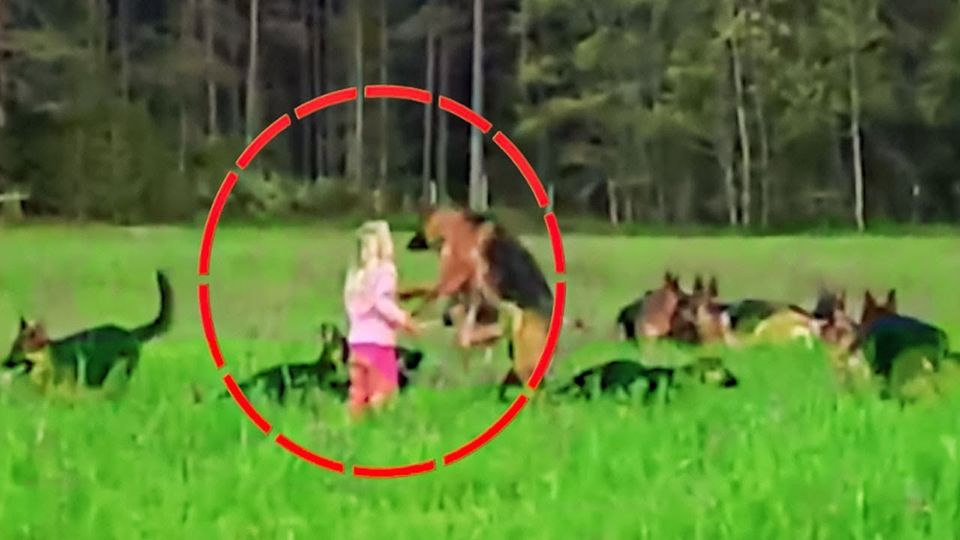
For the most part, because of their striking neurological similarities, dogs and humans have had a particular affinity since prehistoric times.
The special bond between humans and dogs has been the subject of almost 30,000 years of study, and over that period, many similarities between the brains of the two species have been found.
The limbic system, which controls emotions like fear and love, is one example of how the limbic systems of humans and dogs are similar. This helps to explain why dogs often exhibit empathy and seem to understand people’s sentiments.
Neuroplasticity, the brain’s capacity to quickly pick up new abilities or adjust to changes in the environment, is a feature shared by both humans and dogs that promotes the formation of strong attachments.

Furthermore, both people and dogs primarily rely on their senses to understand information about their surroundings. Our minds are programmed to detect even the smallest hints from one another, whether they be visual signals like altered facial expressions or audio ones like spoken inflections.
Our four-legged friends frequently wait to decide whether or not to trust someone based on our actions toward them when they meet new individuals. In certain situations, these nonverbal clues might be even more helpful than spoken words.

Researchers have also discovered an unexpected physical resemblance between the human and canine brain areas involved in memory formation.
People and their canine companions can sustain robust connections by storing memories shared by both due to the similarities in brain structure!
It seems logical that humans and dogs have been the closest friends for such a long time, given how similar our minds are. This has made it possible for us to live together for a very long time and have a deep knowledge of one another’s mentalities!
Recent research has shed further light on the remarkable bond between a young child and the six German dogs shown in the film.
It has been shown that the brain regions of dogs and humans that respond to emotions expressed through speech are comparable. As a result, it was determined that dogs, like people, adore us because they have close bonds with us and feel safe in social situations.

American researchers at Emory University in Atlanta found that a part of the brain connected to happiness was shared by both humans and dogs.
As a result, this study supports the notion that dog owners have long held in their hearts—that their animal friends genuinely love and care for them.
This idea explains why a little child may play so cheerfully with up to fourteen dogs—an incident that went viral online—despite the widespread perception that dogs are aggressive and dangerous around small children.
The range of emotions that animals may experience and their emotional reactions to human aural signals may become clearer with additional research on this subject.
Let’s watch the video together!
